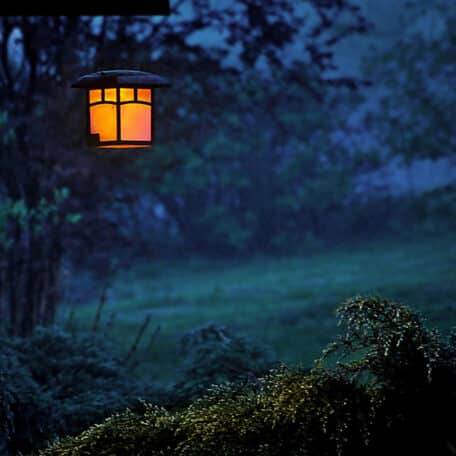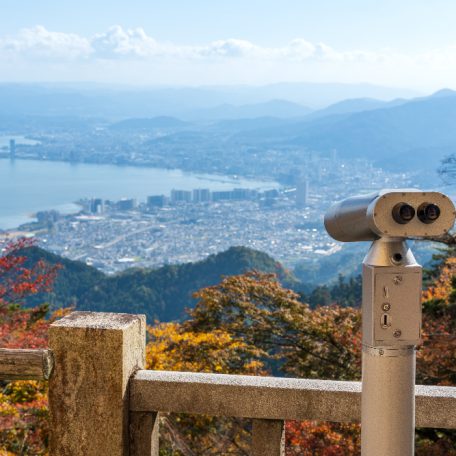The Phenomenon of Mascot Culture in Japan: Yuru-Kyara
Oct 5, 2021
BY Hana Low

“Kawaii” in Japanese means cute. So, who doesn’t love cute stuff? It’s usually more appealing to children, but since the kawaii culture is so deep-rooted in Japan, that explains why it’s less stigmatized for adults here to be into cute things as well. Today we are going to learn the power of cuteness that mascots hold in Japan – Yuru-kyara. They take on further meaning, roles, and behaviours in Japan!
The mascots are used to represent the prefectures in Japan. All 47 prefectures have their own ‘’promotional’ mascot, and it’s not limited to just one mascot per prefecture. For example, Osaka has over 40 mascot representatives. They also help to promote regional tourism in Japan.

Picture retrieved from https://twitter.com/55_kumamon in June 2021
Who invented the term “Yuru-kyara”?
Illustrator and pop culture critic Miura Jun trademarked the term in 2004. “Yuru” is the adjective of “Yurui” in Japanese which means loose. In this context it contains connotations of being gentle, laid-back, or light-hearted. “Kyara” is from the loanword “kyarakuta”, which means character. According to Miura Jun, a Yuru-kyara has 3 essential characteristics:
- It must convey a strong message of love for one’s hometown or local region
- The character’s movements or behaviour should be unique and unstable or awkward
- The character should be unsophisticated or laid-back (yurui) and lovable
How did Mascots become so popular in Japan?
Their popularity is linked to historical emotional bonds of Japanese people to non-human characters, such as in ancient polytheism and Japanese folklore. Plus, there was a series of events that inspired the current popularity of mascots in Japan. NHK, the Japan National Broadcasting Network, held a competition in 1998 to design a character in celebration of their 10th anniversary! Guess who! The winner was Domo-kun! It became the official mascot of NHK on that day and has been popular ever since.
The rapid rise of Hello Kitty was another early sign of the success of mascots in Japan. Hello Kitty became the official tourism ambassador for Japan in 2008. Both Domo-kun and Hello Kitty helped to get the ball rolling for the runaway popularity of mascot culture in Japan.

Picture retrieved from https://twitter.com/Domo in June 2021
Yuru-chara Grand Prix Annual Competition
Here comes the Yuru-chara Grand Prix, an annual event which began in 2010. The public got the opportunity to vote for the most popular mascot! Winning this competition gave the yuru-kyara a boost of national popularity! There were two noteworthy winners from the Grand Prix – Hikonyan in 2010 and Kumamon in 2011. Check them out below!

Picture retrieved from Flickr, @gazparof in June 2021
Hikonyan is a samurai cat created by the Hikone city government in 2007 to celebrate the 400th anniversary of Hikone Castle! Hikonyan isn’t just popular, but a Yuru-kyara phenomenon! Ever since the birth of this cat character, people have been flocking over to Shiga prefecture to meet Hikonyan!

Picture retrieved from https://twitter.com/55_kumamon in June 2021
Kumamon, a black bear with red cheeks and protruding eyes, has made quite a name for itself ever since it won the grand-prix in 2011! Kumamon represents Kumamoto Prefecture, but you can find this cute bear everywhere in Japan nowadays! Sadly, the Grand Prix ended after nine years of running in 2020.
Funassyi – Japan’s unofficial Pearl Fairy
So, who is Funassyi?
Funassyi is a yellow pear-shaped lookalike with two big eyes, red freckles, and a green sprout growing out of his head.

Picture retrieved from Flickr, @rionegro.com.ar in June 2021
Funassyi is the unofficial yuru-kyara of the city of Funabashi in Chiba, Japan. It’s unofficial because it has not yet been approved by the local government. While it remains an unofficial yuru-kyara, this doesn’t stop Funassyi! It’s busy attending events and making TV appearances to this day, gaining popularity all over Japan!

Picture retrieved from Flickr, @WiennatMongkulmann in June 2021
Have you seen Yuru-Kyara merchandise? The merchandise sales help to generate a source of income for Japan’s tourism organization. Are you interested to know more about the Yuru-kyara in Japan? Head on over to https://www.yurugp.jp/en/ and check out all the adorable official mascots by prefecture in Japan.
Also (DRUMROLL PLEASE) stay tuned to our Arigato Travel information as we are launching our own mascot soon!
When travel reopens, be sure to join a food tour in Japan to learn more about traditions and customs with a local expert!
PIN THIS FOR LATER
Book your pocket wifi now to stay connected through your entire Japan Journey!

Be sure to get the JR Pass to make navigating Japan during your trip that much easier!

YOU MIGHT ALSO LIKE





